Exceptional and valuable small Italian Biedermeier style sideboard in Sapele wood with birch inlays; the massive upper top is rectangular and follows the profile of the cabinet; below it, we find a convenient drawer with handle; the large, functional space underneath is divided by a shelf and closed by a door with a handle; the practical gilt brass handles are retractable ring handles; the base is slightly shaped; overall, an essential and linear structure, but the cabinet has a unique and extraordinary charm because of the fine inlays that decorate it. On the front of the drawer are depicted with the inlay (or marquetry) technique soft and elegant garlands held together by graceful fabric ribbons; on the door, there is a lightly carved frame within which there is a decoration again with the garland theme, but much richer and more elaborate, skillfully balanced and well distributed; the uprights on either side of the door also have fine hollow rectangular carved frames that contribute to lightening the aesthetics making the cabinet even more refined. A skilled master craftsman cabinetmaker executed this artifact in the Biedermeier style in a perfect and meticulous manner between 1885 and 1890 in the area of Lendinara, in the province of Rovigo (Italy) one of the most prestigious furniture-making districts of the Veneto; the artist succeeded in creating the delicate and refined birch inlays on the sapele base of the cabinet creating an exceptional and exclusive color contrast and giving life to a true work of art. The Biedermeier style that emerged after the Congress of Vienna and the decline of the Napoleonic empire was aimed particularly at the bourgeoisie eager for simple and functional furniture. The aim of the Biedermeier art movement is to enhance sobriety and harmony, modifying some of the stylistic motifs from the previous period, but stripping them of all the ornamentation, frills, and excesses that had characterized it. The technique of inlay (or marquetry) has a very ancient history from Egypt to Asia Minor; it was from here that it spread arriving in today's Europe and Italy. It was during the period from the 14th to the 16th century that Inlay knew its heyday, and until 1550 it remained an exclusively Italian art form. Among the many workshops in northern Italy, that of the Canozi family from Lendinara (Rovigo, Italy), known as "I Lendinara," to whom some associate the origins of the Carthusian Tarsia technique, had considerable prestige. Inlaying (or tarsia) using the Carthusian method is done by grafting into a solid wood base decorative elements of different woods, designed, cut first, and shaped to match perfectly with the recess made previously on the base in which they will be housed. Its right size, symmetry, the balance of proportions, and its precious inlays, make our piece of furniture a valuable and versatile piece of furniture that can be placed without difficulty in any type of environment. The object has been hand restored by our team of craftsmen and is in perfect condition. Measures width cm.71, depth cm.50, height cm.82.
Eccezionale e preziosa piccola credenza italiana in stile Biedermeier in legno Sapele con intarsi in betulla; il massiccio piano superiore è rettangolare e segue il profilo del mobile; al di sotto di esso, troviamo un comodo cassetto con maniglia; l'ampio e funzionale spazio sottostante è diviso da un ripiano e chiuso da un'anta con maniglia; le pratiche maniglie in ottone dorato sono ad anello a scomparsa; la base è leggermente sagomata; nel complesso, una struttura essenziale e lineare, ma il mobile ha un fascino unico e straordinario grazie ai raffinati intarsi che lo decorano. Sul fronte del cassetto sono raffigurate con la tecnica dell'intarsio (o tarsia) morbide ed eleganti ghirlande tenute insieme da leggiadri nastri di tessuto; sull'anta, c'è una cornice leggermente intagliata all'interno della quale si trova una decorazione sempre con il tema della ghirlanda, ma molto più ricca ed elaborata, sapientemente bilanciata e ben distribuita; anche i montanti ai lati dell'anta hanno raffinate cornici rettangolari cave intagliate che contribuiscono ad alleggerire l'estetica rendendo il mobile ancora più raffinato. Un abile maestro ebanista eseguì questo manufatto in stile Biedermeier in modo perfetto e meticoloso tra il 1885 e il 1890 nella zona di Lendinara, in provincia di Rovigo (Italia) uno dei distretti mobilieri più prestigiosi del Veneto; l'artista riuscì a realizzare i delicati e raffinati intarsi in betulla sulla base in sapele del mobile creando un eccezionale ed esclusivo contrasto cromatico e dando vita a una vera e propria opera d'arte. Lo stile Biedermeier, sorto dopo il Congresso di Vienna e il declino dell'impero napoleonico, si rivolgeva in particolare alla borghesia desiderosa di mobili semplici e funzionali. L'obiettivo del movimento artistico Biedermeier è quello di esaltare la sobrietà e l'armonia, modificando alcuni dei motivi stilistici del periodo precedente, ma spogliandoli di tutti gli ornamenti, i fronzoli e gli eccessi che lo avevano caratterizzato. La tecnica dell'intarsio (o tarsia) ha una storia molto antica, dall'Egitto all'Asia Minore; da qui si diffuse arrivando nell'attuale Europa e in Italia. È nel periodo che va dal XIV al XVI secolo che l'intarsio conosce il suo massimo splendore, e fino al 1550 rimane una forma d'arte esclusivamente italiana. Tra le numerose botteghe dell'Italia settentrionale, quella della famiglia Canozi di Lendinara (Rovigo), nota come "I Lendinara", a cui alcuni associano le origini della tecnica della tarsia certosina, godeva di notevole prestigio. L'intarsio (o tarsia) secondo il metodo certosino si realizza innestando in una base di legno massiccio elementi decorativi di legni diversi, progettati, tagliati prima e sagomati in modo da combaciare perfettamente con l'incavo realizzato in precedenza sulla base in cui saranno alloggiati. Le giuste dimensioni, la simmetria, l'equilibrio delle proporzioni e i preziosi intarsi fanno del nostro mobile un elemento d'arredo prezioso e versatile che può essere collocato senza difficoltà in qualsiasi tipo di ambiente. L'oggetto è stato restaurato a mano dal nostro team di artigiani ed è in perfette condizioni. Misura larghezza cm.71, profondità cm.50, altezza cm.82.
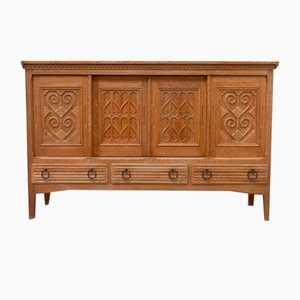

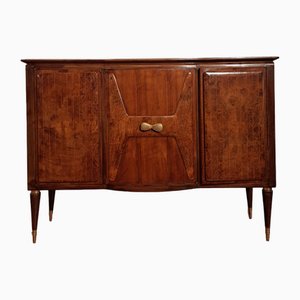


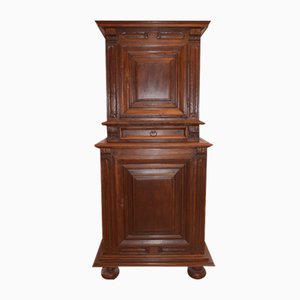
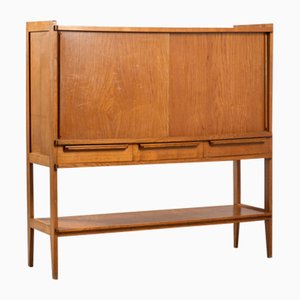





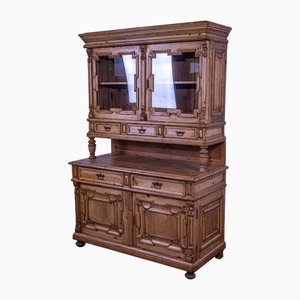
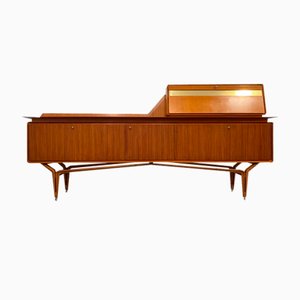
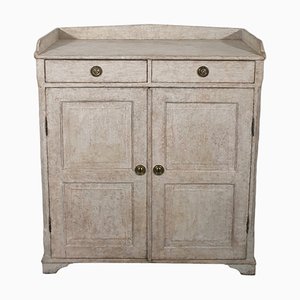
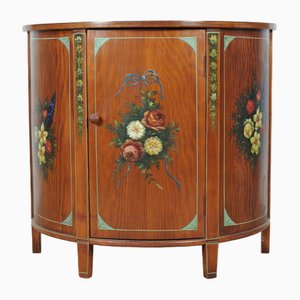
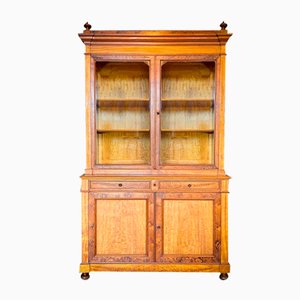
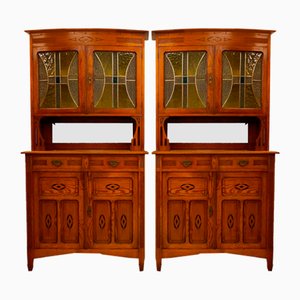
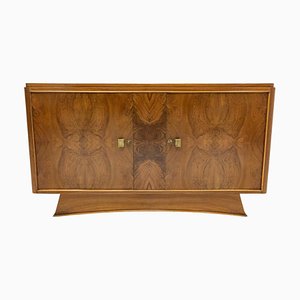
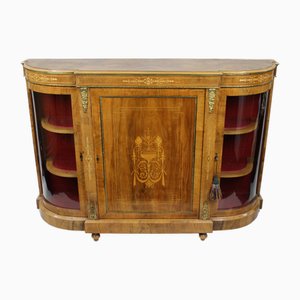
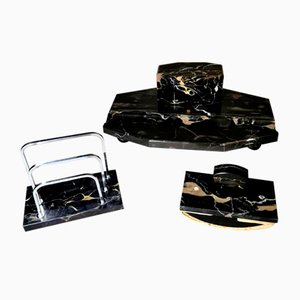
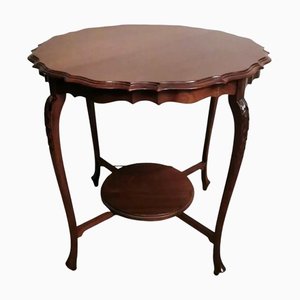

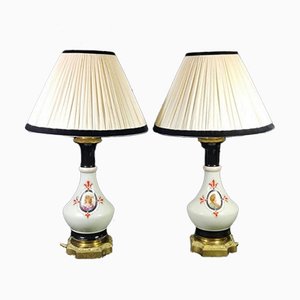

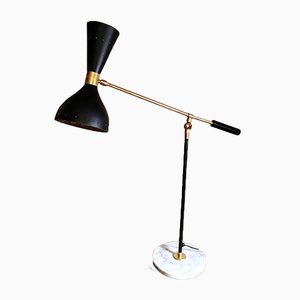
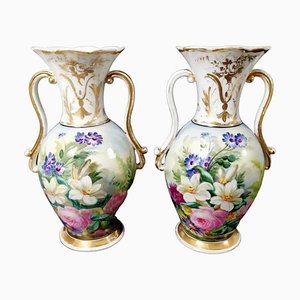
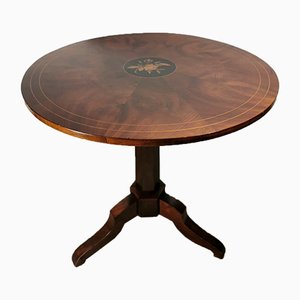
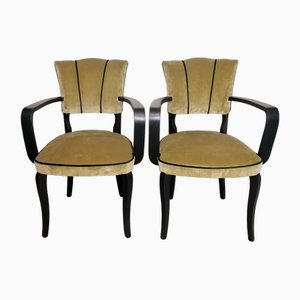




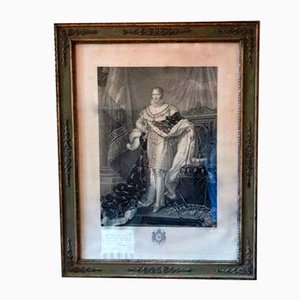
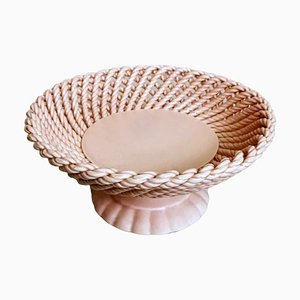

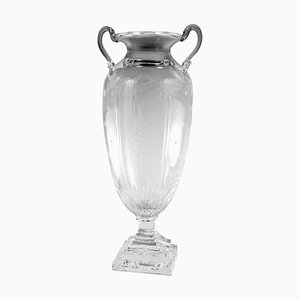
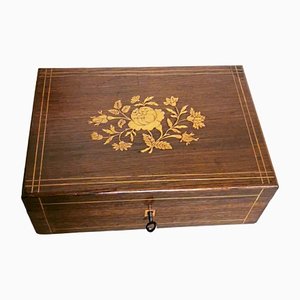
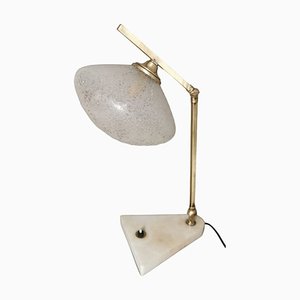

Contattaci
Fai un'offerta
Abbiamo notato che sei nuovo su Pamono!
Accetta i Termini e condizioni e l'Informativa sulla privacy
Contattaci
Fai un'offerta
Ci siamo quasi!
Per seguire la conversazione sulla piattaforma, si prega di completare la registrazione. Per procedere con la tua offerta sulla piattaforma, ti preghiamo di completare la registrazione.Successo
Grazie per la vostra richiesta, qualcuno del nostro team vi contatterà a breve.
Se sei un professionista del design, fai domanda qui per i vantaggi del Programma Commerciale di Pamono